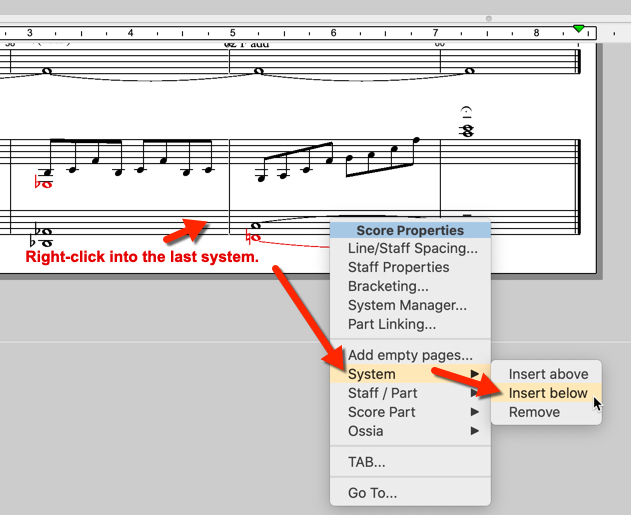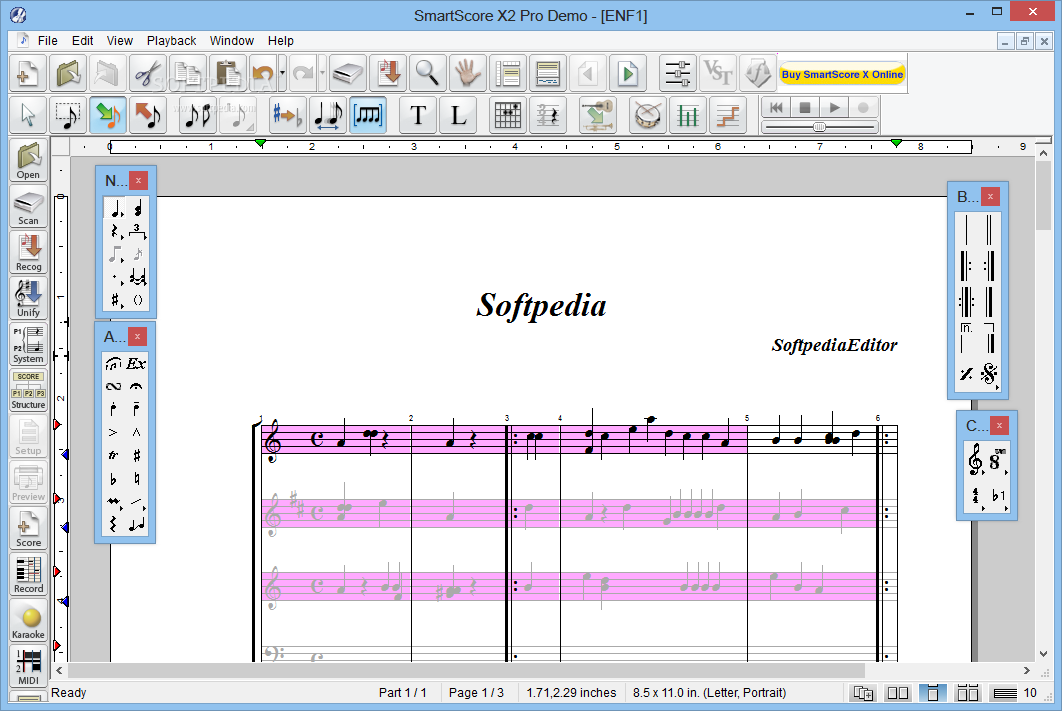

- #Musitek smartscore x pro system requirements full
- #Musitek smartscore x pro system requirements plus
MIDI technology was standardized in 1983 by a panel of music industry representatives, and is maintained by the MIDI Manufacturers Association (MMA). With MIDI, any MIDI-compatible keyboard (or other controller device) can be connected to any other MIDI-compatible sequencer, sound module, drum machine, synthesizer, or computer, even if they are made by different manufacturers. This meant that a musician could not, for example, plug a Roland keyboard into a Yamaha synthesizer module. Prior to the development of MIDI, electronic musical instruments from different manufacturers could generally not communicate with each other. A MIDI recording is not an audio signal, as with a sound recording made with a microphone.
#Musitek smartscore x pro system requirements full
A MIDI recording of a performance on a keyboard could sound like a piano or other keyboard instrument however, since MIDI records the messages and information about their notes and not the specific sounds, this recording could be changed to many other sounds, ranging from synthesized or sampled guitar or flute to full orchestra. Advantages of MIDI include small file size, ease of modification and manipulation and a wide choice of electronic instruments and synthesizer or digitally-sampled sounds.

: 4Ī file format that stores and exchanges the data is also defined. MIDI data can be transferred via MIDI or USB cable, or recorded to a sequencer or digital audio workstation to be edited or played back. One common MIDI application is to play a MIDI keyboard or other controller and use it to trigger a digital sound module (which contains synthesized musical sounds) to generate sounds, which the audience hears produced by a keyboard amplifier. When a musician plays a MIDI instrument, all of the key presses, button presses, knob turns and slider changes are converted into MIDI data. MIDI carries event messages data that specify the instructions for music, including a note's notation, pitch, velocity (which is heard typically as loudness or softness of volume) vibrato panning to the right or left of stereo and clock signals (which set tempo). This could be sixteen different digital instruments, for example. Ī single MIDI link through a MIDI cable can carry up to sixteen channels of information, each of which can be routed to a separate device or instrument. The specification originates in a paper titled Universal Synthesizer Interface, published by Dave Smith and Chet Wood, then of Sequential Circuits, at the October 1981 Audio Engineering Society conference in New York City. MIDI ( / ˈ m ɪ d i/ an acronym for Musical Instrument Digital Interface) is a technical standard that describes a communications protocol, digital interface, and electrical connectors that connect a wide variety of electronic musical instruments, computers, and related audio devices for playing, editing, and recording music.
#Musitek smartscore x pro system requirements plus
This system fits into a single rack case, but prior to the advent of MIDI, it would have required four separate full-size keyboard instruments, plus outboard mixing and effects units.

Using MIDI, a single controller (often a musical keyboard, as pictured here) can play multiple electronic instruments, which increases the portability and flexibility of stage setups.


 0 kommentar(er)
0 kommentar(er)
